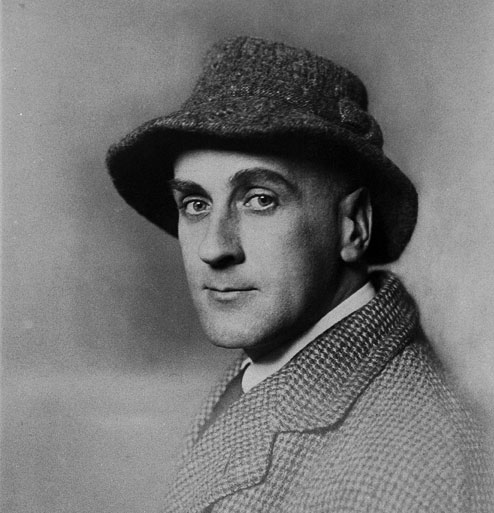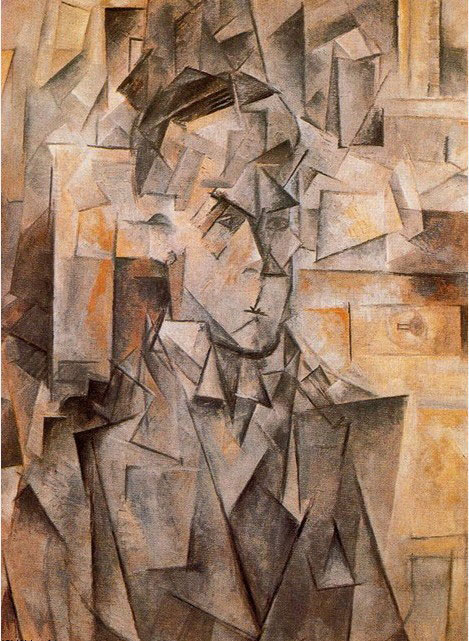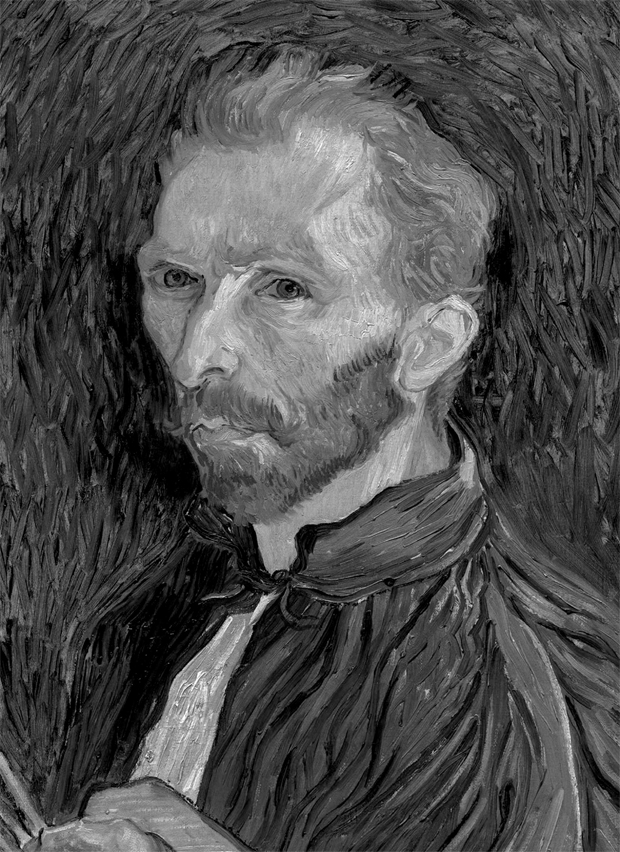
The amazing life story of Wilhelm Uhde
The author of our Van Gogh classic was an early champion of Braque and naïve art, sat for Picasso, was sheltered by the French Resistance and became the subject of an award winning film - he was a pretty fine writer too!
We’re very excited about our upcoming reissues of three vintage Phaidon books originally published between the mid 1930s and the early ‘40s. These are gorgeously illustrated, painstakingly researched and beautifully written tomes on Van Gogh, Raphael and Rembrandt that really set the gold standard for art book publishing at the time.
But as well as poring over these beautiful artifacts themselves – each one featuring the original text from the time, as well as a complimentary new essay by a renowned contemporary scholar of each artist – we’ve been looking into the back stories of some of the original authors who turned in such great manuscripts to Phaidon’s co-founder Ludwig Goldscheider all those years ago. They make for fascinating reading and, in many cases, offer a telling glimpse into a turbulent time.
We spent this morning delving into the life of the writer and collector Wilhelm Uhde, an early champion and collector of Braque and Picasso, influential in the career of Henri Rousseau and the first person to stage exhibitions of naïve art. He’s the writer of the very fine Van Gogh book.
Born in Germany, in 1847 to a supreme-court judge, Uhde began his adult life as a scholar of law in Dresden, before switching instead to study art history in Munich and Florence. On moving to Paris in 1904, he was one of the first enthusiasts to recognize the importance of Cubism, buying his first work from Pablo Picasso in 1905, and commissioning a portrait of himself by the artist in 1910. He opened a Paris gallery in the years in between, presenting work by Georges Braque, Sonia Delaunay, Raoul Dufy as well as the French Fauvist Andre Derain. Gertrude Stein figured among his circle of friends at the time.

Uhde married the Russian painter Sonia Terk in 1908 - a marriage of necessity as he was homosexual. The couple also lived with Uhde's manservant and lover and the union lasted just two years. During this time though, Uhde became known for his recognition and promotion of primitivism or naïve art; a bright, willfully crude style of painting, best exemplified by Henri Rousseau, whom Uhde published a monograph on in 1911.
His collection of paintings by the foremost artists of the day Picasso, Braque, Jean Metzinger, Fernand Léger and Henri Rousseau, to name but a few, grew and he even brought on and encouraged a wide range of young artists including, famously, his house cleaner. Séraphine Louis. She had originally worked as a shepherdess but by 1901 was cleaning the houses of the middle class in Senlis while painting, at night in secret, by candlelight.
Due to increasing hostilities between France and Germany however, Uhde’s patronage of her work was cut short. The writer and collector was forced to flee the town and his incredible collection was confiscated in 1914 and sold by the government at auction.
After the war Uhde resettled in Chantilly where in 1927 he renewed his acquaintance with Séraphine Louis after a chance meeting at an exhibition of local artists in the town. Her career – and their working relationship - flourished. However, as the Great Depression impacted on the means available to collectors and Séraphine's mental state deteriorated she was forced to enter an asylum where she died, either in 1934 or 1942 according to reports. Uhde continued to exhibit her intense paintings of augmented floral arrangements until World War II, during which the Jewish collector and Phaidon author was sheltered by the French Resistance leader Jean Cassou.

In 2009, Séraphine, a biographical film charting his and Séraphine's relationship - from their first encounter in 1912 to her death, was released, winning director Martin Provost seven César Awards including one for Best Film.
“Van Gogh’s life was not subordinated to the rules of any period or milieu,” wrote Uhde in his manuscript for the Van Gogh book. “His work followed no one direction or programme. Both were unusual and in their way unique. The name of Van Gogh suggests primarily no theme connected with the history of art, but rather an eminently human one. He was a missionary who painted. He was a painter with social ideas. His story is not that of an eye, a palette, a brush, but the tale of a lonely heart which beat within the walls of a dark prison, longing and suffering without knowing why, until one day it saw the sun, and in the sun recognized the secret of life. It flew towards it and was consumed in its rays.”
Uhde, who died in Paris in 1947, was a man who, in the art he championed, also saw the light of the sun and did whatever he could to let others bathe in its warmth. In his patronage and in his writing he pushed the cause of great art and great artists forward. You’ll find his magisterial book here.
We’ll be bringing you more stories about these important reissues in the coming weeks, including some sneak previews of the new, supplementary texts in each. Obviously they’ll be in high demand and they are a limited edition so you may want to pre-order now.